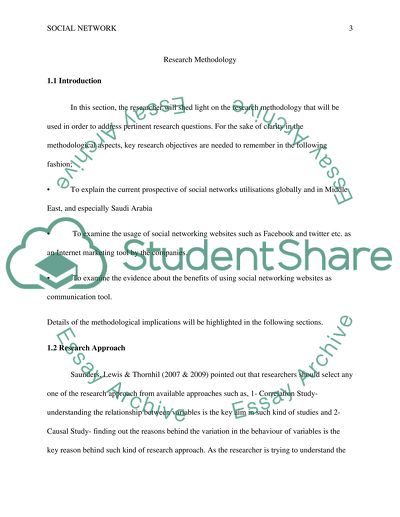Cite this document
(“SPSS Analysis & Methodology Section Term Paper Example | Topics and Well Written Essays - 3500 words”, n.d.)
Retrieved from https://studentshare.org/marketing/1484411-spss-analysis-methodology-section
Retrieved from https://studentshare.org/marketing/1484411-spss-analysis-methodology-section
(SPSS Analysis & Methodology Section Term Paper Example | Topics and Well Written Essays - 3500 Words)
https://studentshare.org/marketing/1484411-spss-analysis-methodology-section.
https://studentshare.org/marketing/1484411-spss-analysis-methodology-section.
“SPSS Analysis & Methodology Section Term Paper Example | Topics and Well Written Essays - 3500 Words”, n.d. https://studentshare.org/marketing/1484411-spss-analysis-methodology-section.


